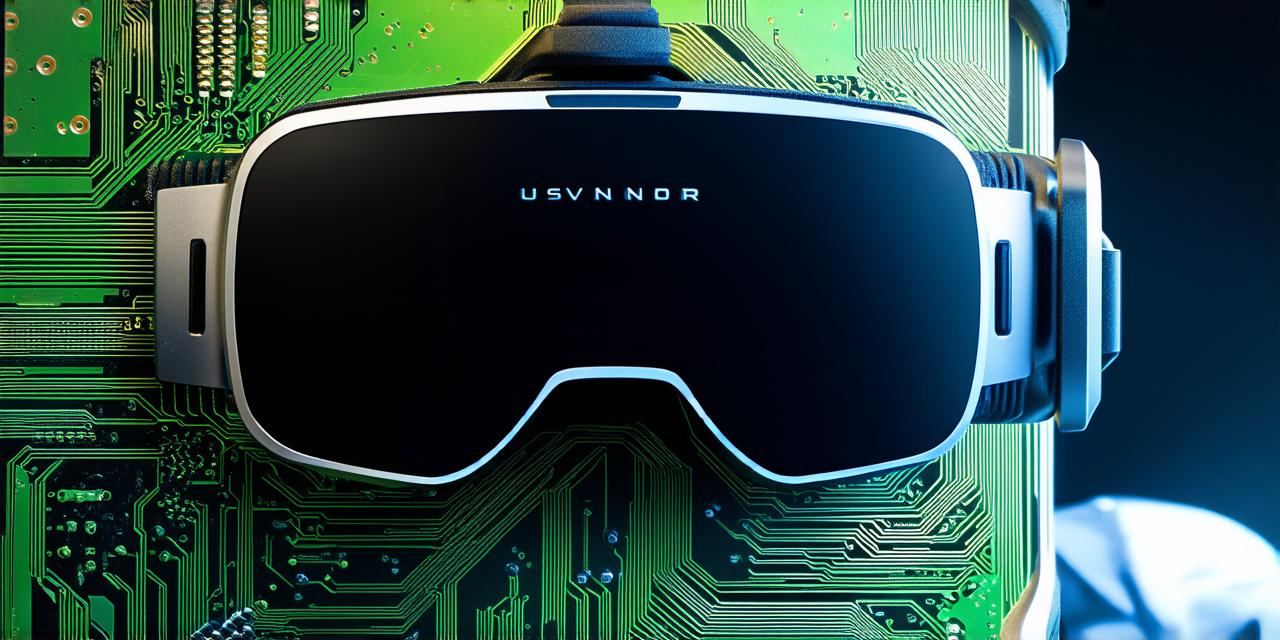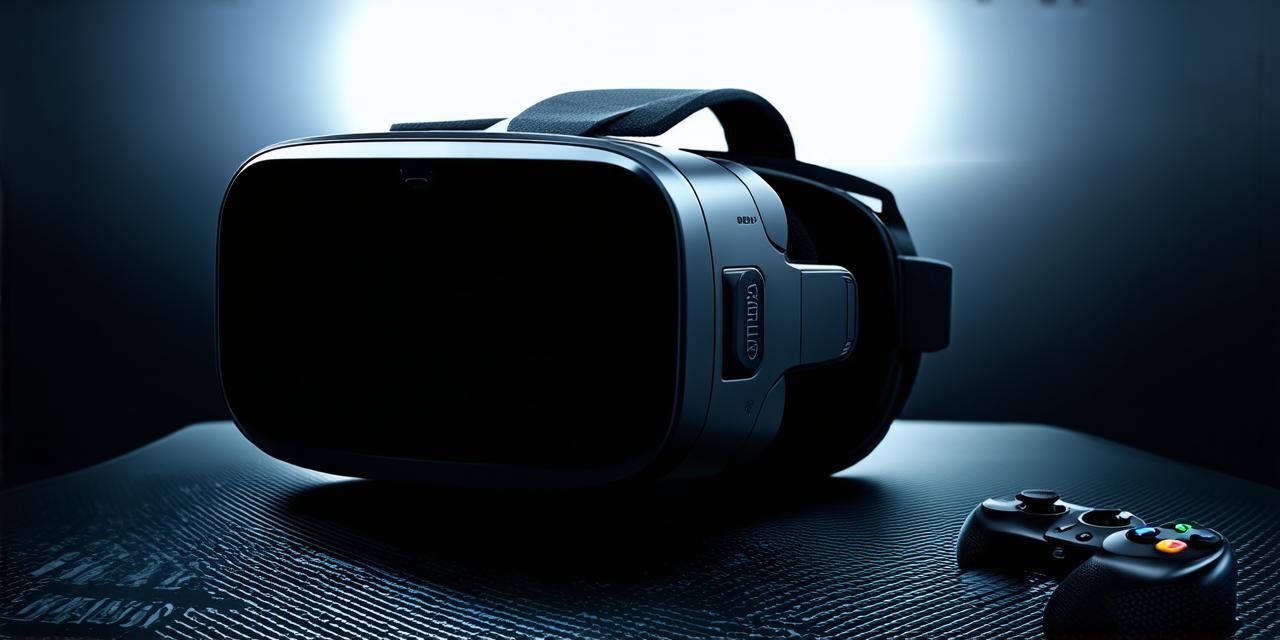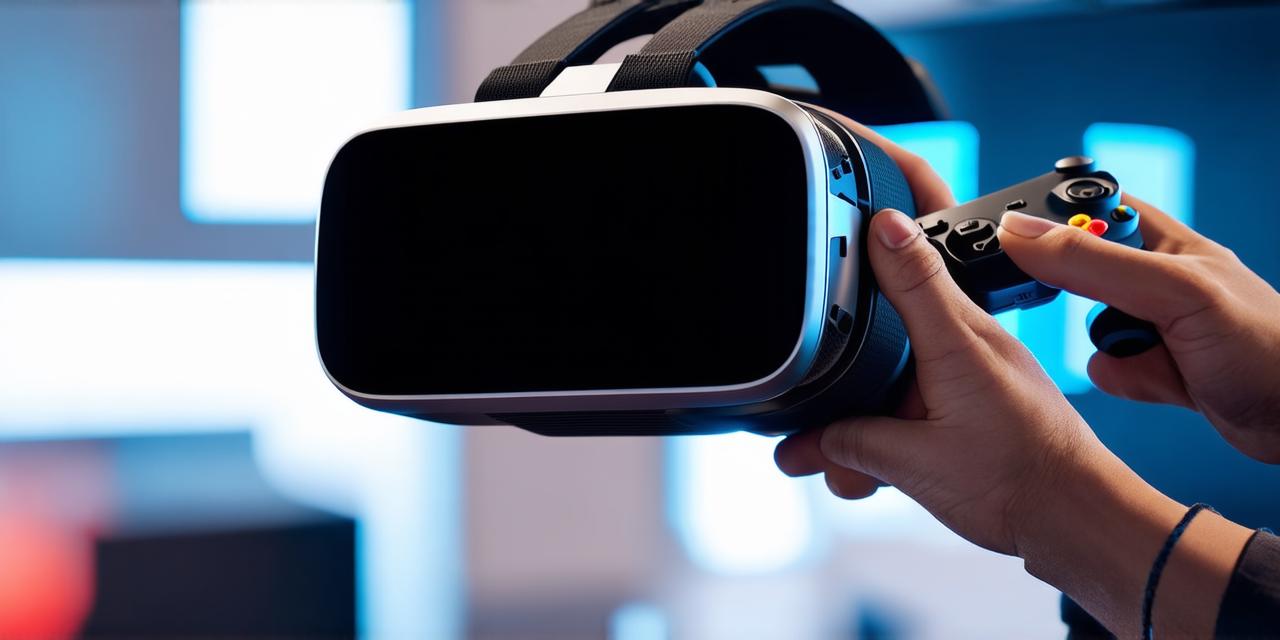As technology advances, virtual reality (VR) is becoming an increasingly popular method of immersion in digital environments. VR allows users to experience a computer-generated world as if it were real, providing a level of engagement and interaction that has not been seen before. As the technology continues to develop, so too does our understanding of its effects on users.
Virtual Reality: An Overview
Virtual reality is a technology that allows users to experience a digital environment as if it were real. This is achieved through a combination of sensors, displays, and software that track the user’s movements and translate them into a virtual environment. The result is an immersive experience that can be used for a wide range of applications, from gaming to education to medical training.

Case Studies: Real-World Examples of Virtual Reality in Action
Virtual reality is being used in a wide range of industries, from gaming to education to medical training. One example of virtual reality in action is the use of VR simulations for pilot training. These simulations allow pilots to practice flying in a safe and controlled environment, providing them with valuable experience that they can then apply to real-world flight situations.
Another example of virtual reality in action is its use in medical training. Virtual reality simulations can be used to train doctors and other medical professionals on complex procedures, such as surgery. These simulations allow users to practice these procedures in a safe and controlled environment, providing them with valuable experience that they can then apply to real-world situations.
Virtual Reality and Mental Health
One of the most interesting applications of virtual reality is in the field of mental health. Studies have shown that virtual reality can be used to treat a wide range of mental health conditions, including anxiety disorders, phobias, and PTSD.
This is achieved through the use of exposure therapy, which involves exposing users to virtual representations of their fears or traumas in a controlled environment. By gradually increasing the intensity and duration of these virtual encounters, patients can learn to cope with their fears and overcome their traumas.
The Future of Virtual Reality
As technology continues to develop, virtual reality is likely to become an increasingly popular method of immersion in digital environments. In addition to its current applications, virtual reality is likely to be used in new and innovative ways, such as in the field of education, entertainment, and even space exploration.
Virtual Reality and the Future of Work
As virtual reality continues to develop, it is also likely to have a significant impact on the future of work. Virtual reality simulations can be used to provide employees with valuable training and development opportunities, allowing them to learn new skills and gain valuable experience in a safe and controlled environment.
In addition, virtual reality can be used to create highly detailed and interactive product demonstrations, allowing customers to experience products in a more engaging and immersive way.
Virtual Reality and Human Connection
One of the most important aspects of human connection is our ability to empathize with others. Virtual reality has the potential to improve our ability to empathize with others by allowing us to experience the world from their perspective.
This can be achieved through the use of virtual simulations that allow us to explore different cultures, lifestyles, and experiences.
Conclusion
Virtual reality is a rapidly evolving technology that has the potential to revolutionize the way we experience the world. From gaming to education to medical training, virtual reality is being used in a wide range of applications to improve engagement, interaction, and overall well-being.
FAQs
What are the main benefits of virtual reality?
Virtual reality provides users with a level of engagement and interaction that has not been seen before. It allows users to experience a computer-generated world as if it were real, providing a highly detailed and realistic environment that is difficult or impossible to achieve in the physical world.
What are some examples of virtual reality in action?
Virtual reality is being used in a wide range of industries, from gaming to education to medical training. Some examples include pilot training, astronaut training, and mental health treatment.
How does virtual reality improve mental health?
Virtual reality can be used to treat a wide range of mental health conditions, including anxiety disorders, phobias, and PTSD. This is achieved through the use of exposure therapy, which involves exposing users to virtual representations of their fears or traumas in a controlled environment. By gradually increasing the intensity and duration of these virtual encounters, patients can learn to cope with their fears and overcome their traumas.
What are some potential future applications of virtual reality?
Virtual reality is likely to be used in new and innovative ways, such as in the field of education, entertainment, and space exploration. It has the potential to improve our ability to empathize with others and to create more meaningful and engaging social environments.




